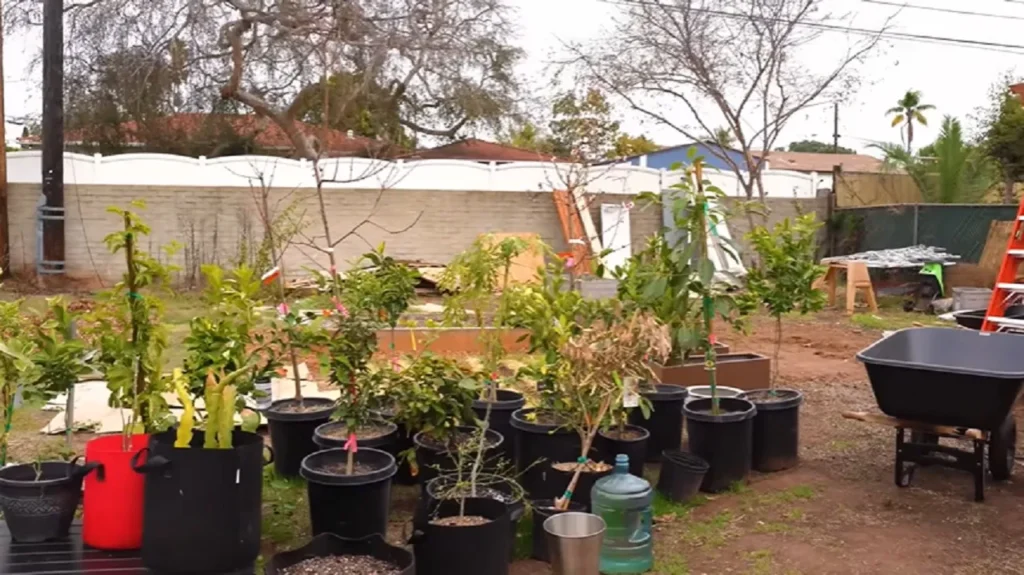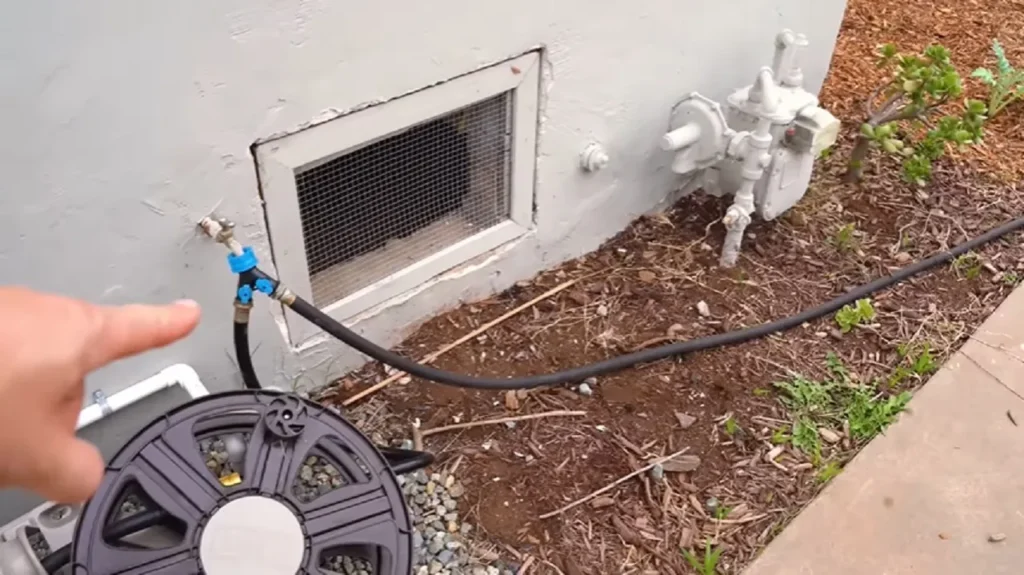Are you making common gardening mistakes that are hindering your success? This guide breaks down 9 of the most frequent errors and how to avoid them, ensuring a thriving garden.
Understanding Your Garden Environment
Knowing Your Plant Hardiness Zone
It is essential to know your plant hardiness zone to select plants that will not only survive but thrive in the climate. Each zone is determined by the average lowest winter temperature in your area. A garden may be in Zone 6B 7A, and it might contain a plant that is only on the cusp of being hearty. An example is a Laura pedum or a Chinese fringe flower. The hardiness Zone on The Fringe flow is from a 7B to A9, which is a warmer climate than the planting location. If the shrub were to be left out in the garden without offering it some protection over the winter, there’s a high likelihood it would not survive.
To determine your plant hardiness Zone, all you have to do is go to Google and type in “what is my USDA gardening zone”. Input your zip code, and it will tell you what zone you’re in. This will be really helpful in selecting perennials, trees, and shrubs that will thrive in your garden.
Annual vs. Perennial
Knowing if you have an annual or perennial is going to be key in understanding how that plant grows. An annual is a plant that grows, blooms, sets seeds, and dies all in the same season and never returns again. Some examples of that are things like marigolds, zenias, and cosmos. A perennial is a plant that comes back year after year. It will die down in winter, and in the spring, it will emerge with some new shoots from its roots and bloom again. Some examples of this are things like cone flowers and hostas. There’s even a third category called biennials. These are plants that have a 2-year life cycle, and they will grow all of their roots and foliage in the first year. Their life cycle is complete, and some examples of that are things like foxgloves and holly hawks. Knowing which type of plant you’re dealing with will really help you understand how it’s going to grow in your garden. Your plant tags are the perfect place to not only give you the plant hardiness zone but also whether it is a perennial or an annual, and some other information such as spacing.

Understanding Light Requirements
Light is one of the most important factors when it comes to your plant’s health, yet it’s something that many gardeners overlook. Not placing your plant in the proper light conditions often leads to weak plants, fewer blooms, and plant failure. Plants that require full sun need six or more hours a day of direct sunlight. Usually, these are things like flowers that bloom or plants that set fruit, such as cone flowers or tomatoes. A shrub called a gold mop Cyprus needs full sun in order to keep its bright yellow color. If it were to get too much shade, it would be more green; you can see an example of this by looking underneath the foliage where it’s shaded and not getting enough sun, it’s just not as yellow. Plants that need part sun/part shade can take 3 to 6 hours of direct sunlight per day, and some examples of that are things like coral bells or hura and bleeding hearts. Plants that like shade can survive with as little as 3 to 4 hours per day, and some examples of this are things like hastas or astilbe. It’s important to observe the light conditions in your garden throughout the day because a sunny spot in the morning might be a shady spot in the afternoon. Once you have this information, you can better make a decision about where to put a plant so that it can thrive in your garden.
Considering Mature Size
Not paying attention to the mature size of a plant, tree, or shrub, specifically with trees and shrubs, this can be really important because you don’t want to create a maintenance nightmare. Whenever you look at a specific tree or shrub that you’re interested in, pay attention to the tag and believe what it says in terms of size. You might think that you’ll be able to prune it to size control, but it can very quickly turn into a maintenance nightmare. A past mistake involved planting a tree called a baby blue eyes blue spruce under the assumption that it was a dwarf. It has gotten much too large for its location and will eventually, unfortunately, have to be removed. Pay attention to the growth size on those tags, whatever they say, believe them, and even add a little bit more space because over time, Evergreens, if they are happy, will grow.
Soil Conditions and Moisture
Know your soil conditions, specifically when it comes to moisture. Do you have areas that, when it rains, maybe you get some puddling and some poor drainage? Or do you have areas that have a really good or gradual grade, and it allows the water to drain really well, so those spots tend to be a bit drier? These are things that you need to know when you’re planning on planting things in your garden. A planting bed that retains a lot of water and ends up with quite a bit of puddling when it rains requires water-loving plants in this area, such as a large birch tree, hydrangeas, and some Sweet Flag ogan. Knowing which plants to plant in the right place really helps when it comes to selecting a site to plant in. On the flip side of that, if you have an area that drains really well, maybe a slope that goes downward, so the water just keeps draining when it rains and the soil stays pretty dry, that would be an area for plants that can handle dry, well-draining soil such as sedums and even Russian sage. Observe the water conditions in your garden when it rains so you can best plant things that can thrive.

Plant Care Best Practices
Timing of Fertilizing and Pruning
Fertilizing and pruning your plants at the wrong time can cause issues. Applying fertilizer at the wrong time can stimulate growth when your plant might not be ready, which can lead to weakened plants and introduced pests. Pruning at the wrong stage of growth can harm your plants, reduce your blooms, and slow the growth of the plant. An example of a plant that is really important to prune and fertilize at the right time is hydrangeas, specifically the macrophylla or old-fashioned mophead type hydrangeas that you usually associate with those big blue blooms. That variety of hydrangea typically blooms on old wood, which means that if you were to prune it at the incorrect time, you could risk lopping off that year’s blooms. For that reason, those hydrangeas are typically pruned at the end of their bloom cycle, so when they finish blooming in the summer, you would go through and would prune them and fertilize them so that they are ready to go for the following season. If you were to wait until late winter or early spring to prune that type of hydrangea, you would risk lopping off all of that year’s blooms, so it’s really important to know what plant you’re dealing with so that you can prune and fertilize it at the correct time.
Proper Mulching Techniques
Mulching too thickly around the base of your plant, also known as The Mulch volcano, is harmful to the health of your tree or plant because having that much mulch around the base is going to add too much moisture to the roots, which can cause rotting. It also can suffocate the roots and provide less oxygen, which will weaken your plant or tree over time. It’s really important to just apply a thin layer, about 2 to 3 inches of mulch, which will help with weed suppression and give the plant just enough moisture but won’t suffocate it. Anytime that you apply mulch, you want to make sure that you feather it outwards, and you don’t have it leaning on the base or trunk of your plant or tree.